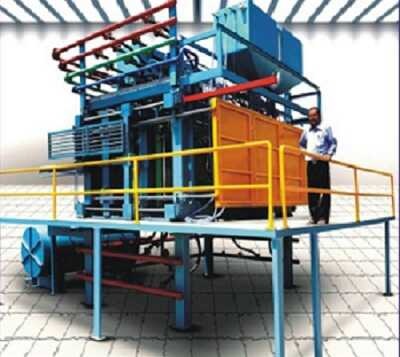|
Green house films made essentially
from LDPE, LLDPE, EVA are expected to withstand weathering for several
seasons. Typically, a life expectancy of 2-4 years is expected from
green house films. This requirement exerts stringent pressures on
the composition of PE films, particularly when they are used in
areas where the intensity of UV light is stronger. (as in tropical
countries, where almost 200-220 kLY of UV intensity is typically
observed)
To protect the disintegration of films from attacks
of UV radiation, these films require additives like Light Stabilizers.
From various types of Light Stabilizers, the most efficient once
are HALS (Hindered Amines Light Stabilizers). However, most of the
conventional HALS are basic and react with the acidic insecticides
sprayed in green houses. The reactive products lose the ability
to protect the material from UV radiation.
HALS was therefore combined with the acid scavengers. Such combinations
are found to be more effective compared to HALS alone.
HALS are also modified to make them more neutral either by Methylation
or other chemical processes. Such modified HALS are also found to
be more effective against insecticides.
Recently many additive producers have developed NOR-HALS which are
almost neutral and do not have any tendency to react with insecticides.
These new UV stabilizers are very effective in the green films.
However, they are expensive. To provide some economy Nickel quencher
can be blended with UV absorbers. However, this combination tends
to provide greenish colour to the film on account of Nickel ion.
All the major additive suppliers or masterbatch manufacturers provide
both the options to the film manufacturers.
Previous Article
Next Article
Tell Us What You Want

EPS block moulding, thermocole plant
| | | |
